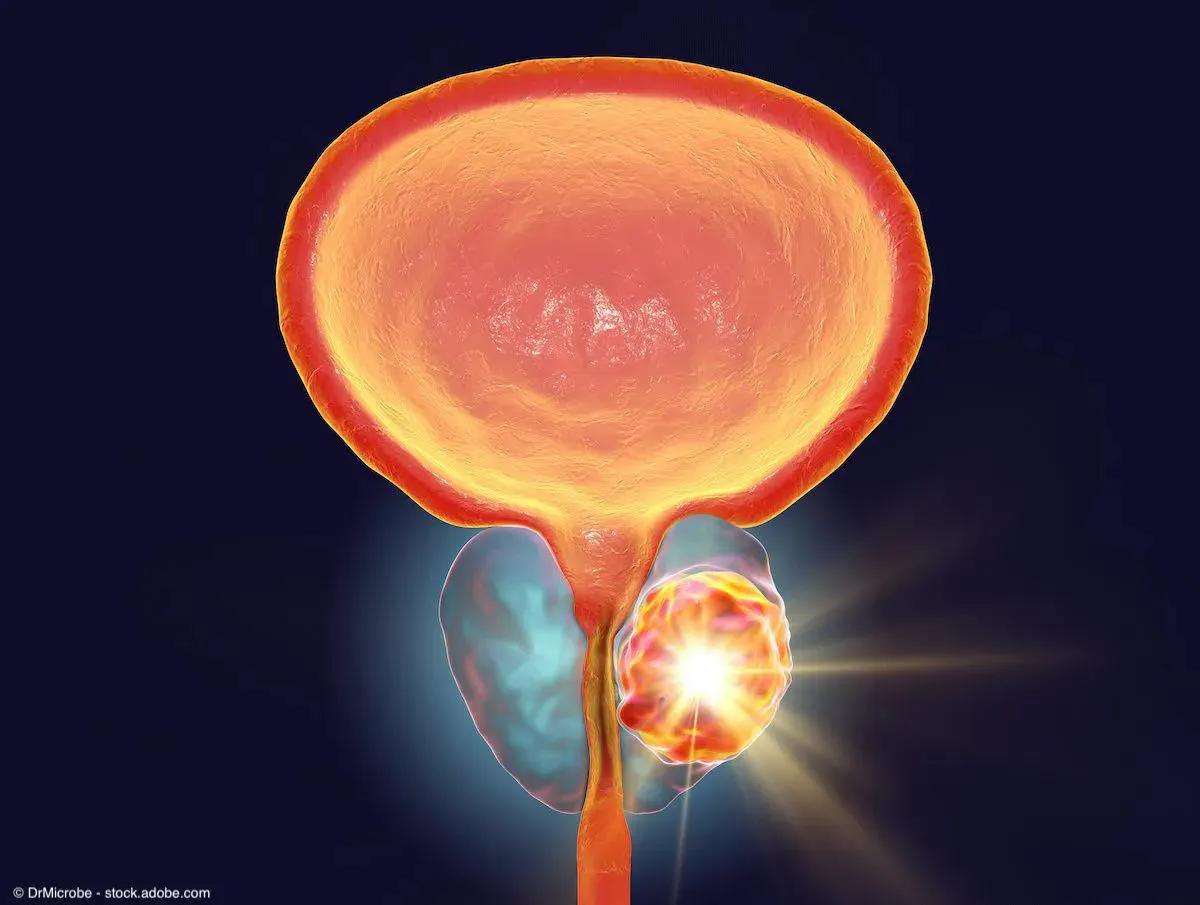News
Article
SBRT shows tolerability in high-risk and recurrent prostate cancer
Author(s):
Treatment with SBRT showed a minimal effect on prostate cancer-specific HRQL measures in regard to urinary incontinence domain scores, urinary irritative/obstructive domain scores, and bowel domain scores.
Data presented at the 2024 Radiosurgery Society (RSS) Meeting in Chicago, Illinois showed that treatment with stereotactic body radiation therapy (SBRT) using the Accuray CyberKnife System was associated with favorable quality of life and safety outcomes in patients with high-risk and locally recurrent prostate cancer.1,2
Data showed a median PSA of 0.152 ng/ml (range, 0.006-2.97 ng/ml) at 3 months following focal SBRT.

"An extensive number of peer-reviewed scientific manuscripts have been published reporting on CyberKnife prostate SBRT efficacy and tolerability. This most recent RSS data demonstrates the ongoing interest in advancing patient care with the system, based on its ability to deliver the precision and accuracy necessary to not just help men to survive prostate cancer but also to have a meaningful quality of life post treatment," said Seth Blacksburg, MD, MBA, Chief Medical Officer at Accuray Incorporated, in a news release on the data.3
SBRT in high-risk prostate cancer
The first study demonstrated favorable biochemical control and health-related quality of life (HRQL) outcomes with SBRT among patients with high-risk prostate cancer.1
Overall, data showed a 3-year biochemical disease-free rate of 88% following SBRT.
Additionally, treatment with SBRT showed a minimal effect on prostate cancer-specific HRQL measures in regard to urinary incontinence domain scores, urinary irritative/obstructive domain scores, and bowel domain scores. All 3 measures showed declines post-treatment and a return to near baseline levels at 2-years following treatment.
Specifically, the mean urinary incontinence domain score was 86.04 (SD, 18.6) at baseline, and decreased to 84.4 (SD, 19.7) at 3-years following treatment. Further, the mean urinary irritative/obstructive domain score increased from 83.4 (SD, 15.5) at baseline to 86.3 (SD, 14.2) 3 years post-treatment, and the bowel domain score decreased from 92.7 (SD, 12.4) at baseline to 90.63 (SD, 14.5) at 3 years post-treatment. None of these differences reached clinical nor statistical significance.
In total, 216 patients completed treatment and were included in the retrospective analysis. All patients included in the study underwent treatment with robotic SBRT treatment delivered in 5 fractions (7-7.25 Gy) to the 77%-83% isodose line over the course of 1 to 2 weeks from December 2008 to July 2023. Among all patients, 75% received androgen deprivation therapy (ADT) prior to SBRT. The median patient age was 75, and the median follow-up was 40 months.
SBRT in locally recurrent prostate cancer
The second study presented at the RSS meeting also demonstrated tolerability and a low incidence of acute genitourinary (GU) and gastrointestinal (GI) toxicities with focal salvage SBRT with PSMA targeting in patients with locally recurrent prostate cancer.2
Data showed a median PSA of 0.152 ng/ml (range, 0.006-2.97 ng/ml) at 3 months following focal SBRT. The median PSA at baseline was 3.71 ng/ml (range, 1.4-24.7 ng/ml).
Regarding safety, 1 patient (7.7%) experienced an acute grade 2 GU toxicity. No grade 3 or higher acute GU toxicities were reported. Additionally, no acute grade 2 or higher GI toxicities were reported.
In total, the study included 17 patients with locally recurrent prostate cancer who received focal salvage SBRT for the management of recurrence following initial SBRT. Of the 17 patients included in the study, 11 had intermediate-risk prostate cancer and 6 had high-risk prostate cancer. The median patient age was 76.
Two patients included in the study received additional SBRT (30-35 Gy in 5 fractions) to PSMA-positive pelvic lymph nodes, and 14 patients (82%) received adjuvant ADT. Alpha antagonists were used by 10 patients (59%) prior to focal SBRT.
The median duration between the initial course of SBRT and salvage treatment was 6.8 years.
The investigators concluded, “Re-irradiation for locally recurrent prostate cancer with PSMA-guided focal robotic SBRT was well-tolerated with a low incidence of short-term GU and GI toxicities. Early PSA responses were favorable. Long-term follow-up will be required to determine the efficacy and safety of this minimally invasive management approach.”2
References
1. Sharma V, Lee Z, Pilkin PB, et al. Health-related quality of life following robotic stereotactic body radiation therapy for high-risk prostate cancer. Presented at: 2024 Radiosurgery Society Meeting. Chicago, Illinois. March 21, 2024.
2. Wilson Z, Sharma V, Danner M, et al. Acute toxicity following PSMA-directed focal salvage robotic SBRT for local recurrences following prior robotic prostate SBRT. Presented at: 2024 Radiosurgery Society Meeting. Chicago, Illinois. March 21, 2024.
3. New data from two clinical studies indicate high-risk and recurrent prostate cancers can be effectively treated in 5 days using the Accuray CyberKnife System. News release. Accuray Incorporated. Published online and accessed March 26, 2024. https://www.prnewswire.com/news-releases/new-data-from-two-clinical-studies-indicate-high-risk-and-recurrent-prostate-cancers-can-be-effectively-treated-in-5-days-using-the-accuray-cyberknife-system-302099017.html
Newsletter
Stay current with the latest urology news and practice-changing insights — sign up now for the essential updates every urologist needs.

















